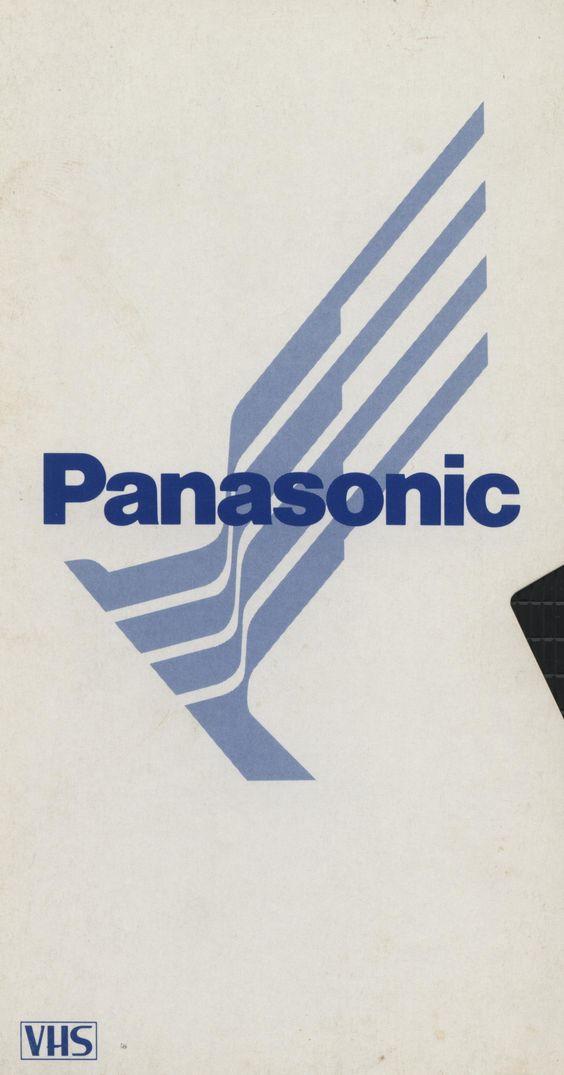
Mister J is the one I remember the best. He was slim, of medium height, perhaps thirty years old, with wire-rimmed glasses, shaggy hair, and faded jeans. He would come once a week to a friend’s house, bearing a large briefcase full of VHS tapes. We would examine the spines, neatly lettered in colored pens, and make our selections. The group of us (four, maybe five) would rent several films each, and swap them out the following week. Mister J was what we called a filmi or videoyi — a “video person” — a black-market dealer in moving images.
Most of my old friends, the ones who lived in Iran in the 1980s and 90s, remember their video people with great fondness. There were stereotypes of black market men, shifty-eyed opportunistic types you wouldn’t want to meet alone in a back alley, especially if you were a girl. The filmi were different. There was nothing scary about them. There was the stern one, who would check each returned tape to make sure it had been rewound to the beginning. (Our family bought a dedicated “rewinder” for that very purpose, which played a tinny rendition of Für Elise when the job was done.) There was the friendly one, happy to sip tea in the living room and chat about his favorite films. Some were part of our lives for years; others might come around for a few months and then disappear. It was, in its way, dangerous work; filmi, like other black marketeers, were subject to beatings, intimidation, and arrest.
It is tempting, especially in retrospect, to remember them as friends, almost, given the outsized role they played in our lives. The awkward truth is that we actually knew very little about them. When I asked friends and family to think back to those years, most of the stories came to the same rueful conclusion: “What happened to him? I’m not sure.”
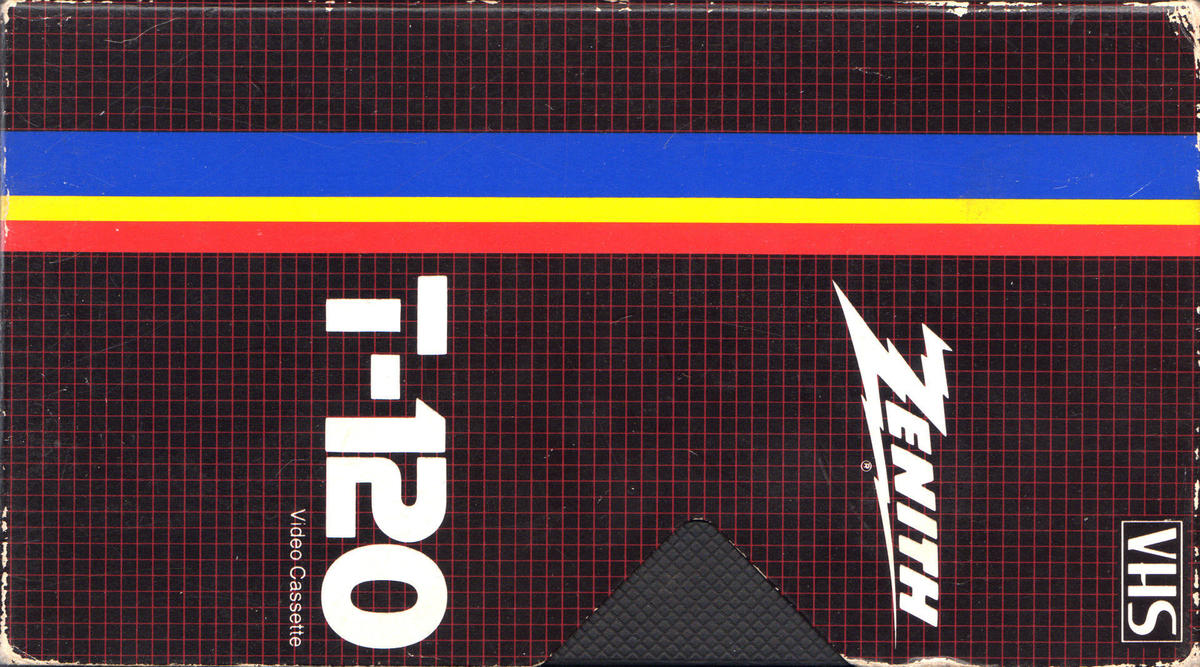
Videotape figures weirdly prominently in memories of the early years of the Islamic Republic. This was, it should be said, a historical accident. The Video Cassette Recorder was a rare novelty in pre-Revolution Iran. But when the new Islamic zeal turned its attention to cinemas and television sometime around 1980 (burning the former and censoring the latter), the VCR was there to fill the gap. 1982-83 was the golden age of the “video clubs,” where you could rent yourself a forty-pound Betamax player, along with the latest Iranian and Western films dubbed by the finest local talents. (Video club owners had their own trade union.) There were dedicated video publications and even a Nowruz variety show distributed only on videotape. Large housing complexes would set up “central video” hubs, with multiple apartments wired to a single VCR that would play a new film every evening. Even the infamous Evin Prison had its own central video system, which would occasionally broadcast films made by prisoners.
It’s not clear why the VCR was allowed to flourish for so long. In any case, the golden age of the videotape ended in 1983, when the moral authorities finally got around to banning VCRs. Video clubs were shuttered; rental activity went underground, the bulky hardware furtively wrapped in blankets for transport. Much of video culture’s more social aspects died out. Still, the expanding global popularity of the VCR meant that smuggled VCRs were reasonably affordable by the late 1980s, and the private videotape market continued to expand exponentially, even during the grimmest years of the Iran-Iraq War. Owning the technology would remain illegal until 1993, by which time satellite TV had largely cornered the market for casual (illegal) entertainment. Video stores opened, this time with smaller inventories of government-approved tapes. The video people catered to more specialized audiences; many eventually turned to selling DVDs. But it remained illegal to possess bootlegged videotapes, let alone to rent them.
Our family got a “large-tape” Panasonic sometime around 1990, putting our silver “small-tape” Betamax to pasture (along with our collection of “small-tape” cartoons, filmfarsi classics, and the home movie of my parents’ wedding). We asked around for a video person, and were introduced to a serious-looking woman in her early thirties. She wore black, said little, and was extremely well-organized. I remember my mother choosing the next week’s films from her neatly-typed lists, or picking items from her briefcase. We were newly arrived from the US and had no idea how unusual it was to encounter a woman in the video trade.
Early on, my parents insisted on vetting the movies that my brother and I got to watch. They were fine with The Little Mermaid, dubious about Pretty Woman (I got to see it, he didn’t), and scandalized by The Silence of the Lambs. There was music, too: if you watched past the credits, you’d often find the rest of the tape rounded out with music videos, or “show” as they were called. There was a lot of MTV, as well as episodes of Rangarang, the beloved pre-Revolution variety program, and choice vignettes from the Eurovision Song Contest. Like the Oscars, he Eurovision finals were highly sought-after and merited their own tape, which my family watched faithfully year after year.
I remember the music videos as deeply exciting. This was especially true when we got satellite TV. The brand-new (locally made, already rusting) satellite dish half-hidden under a tarp on our rooftop picked up Asian variants of MTV, along with the BBC, CNN, and Star TV; soon we were all addicted to The Bold and the Beautiful. I was in high school then, at a vocational design school. This involved learning exactly where to place a multicolored butterfly for maximum impact when laying out, for example, Children’s Kayhan Magazine. My friends and I spent most of our time talking about music, movies, and boys. We recorded our favorite music videos — I stayed up every Monday night to catch 120 Minutes with Matt Pinfield on MTV — and swapped them at school. This, despite the random searches at morning assembly, aimed at rooting out cultural contraband — which, if not for our ingenuity (and voluminous uniforms) would have yielded an impressive collection of makeup, tweezers, fashion magazines (the highest-prized trophy brought back by those who’d traveled abroad were copies of Cosmopolitan), audiocassettes, and, yes, videotapes. We were rebels with no particular cause, save an end to the overwhelming sense of isolation that was the hallmark of our official reality. We craved reassurance that it was still possible to be superficial, even in an Islamic Republic.
It should be said that the filmi were not our only connections with the informal economy. There was a vast class of middlemen that, then as now, made life in Iran bearable. As teenagers, we (or more often, older relatives — brothers, cousins, cool uncles), could easily source weed, hash, homemade liquor, or pricier cans of Russian vodka. Later, we would find purveyors of reasonable chianti or Belgian beer. There were places around town where you could find sidewalk peddlers of varied ilk milling around shopping malls, universities, and business districts. I remember one hour-long rummage in a tiny south Tehran kiosk where secondhand English paperbacks overflowed onto the sidewalk, stumbling on a copy of Salman Rushdie’s The Satanic Verses. I was only sixteen, but the fatwa was common knowledge. I looked at the proprietor timidly; we locked eyes for one long, quizzical beat. I left without it.
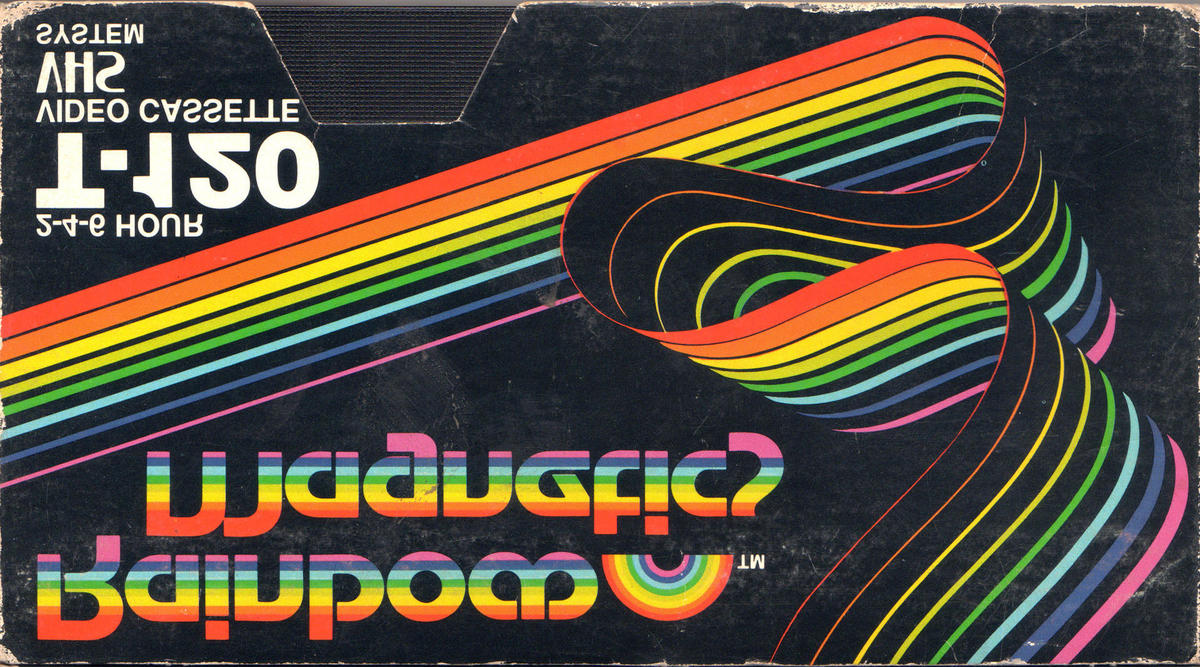
By the time I met Mister J, in the late 1990s, I was already in university. He lived somewhere out of town, supposedly, and only came in when he knew he’d have a quorum of loyal customers, and then only to certain neighborhoods. I’m not sure how we found him; word of mouth, presumably, via some trusted intermediary. But we rarely missed a visit. It sounds strange to put it in words today, but we were proud to know him. Mister J wasn’t a typical filmi: he only dealt in arthouse films.
I remember him as a retreating presence, an impression somehow amplified by his nondescript, vaguely Seventies look. He was studiously quiet, never offering his opinion unless he was asked. We made a point of asking. His knowledge was encyclopedic. He might tell you, diplomatically, that La Dolce Vita was a very popular Fellini. Ah, but what would you recommend, Mister J? La Strada, he murmured reverently. That was a good one to start with — not quite neorealist, but a strong work. He had it with English subtitles. Antony Quinn is amazing in that film, my friend Misha interjected. Mister J’s eyes lit up, pleased — he appreciated the company of fellow cinephiles. Did he by any chance have Zorba the Greek, Misha asked? J nodded, with a hint of a smile. He would bring it next week. I ended up going with La Dolce Vita, but also — in a daring mood — Juliet of the Spirits, too. (By this time, I had my own VCR in my bedroom.)
Even then, I sensed that Mister J’s archive represented something greater than entertainment, though it wasn’t anything I could put into words. I was at Tehran University, majoring in painting, but mostly I cut class to meet up with friends and drive around aimlessly. On my own I would spend hours at the Art University’s library, which possessed an extensive if haphazard collection of journals from abroad. They had back issues of Sight & Sound, The Drama Review, and Film Quarterly; there were even a few copies of October. I was compelled by the no-nonsense look and tone of these publications, the technical discussions of pop-cultural artefacts that I’d only ever seen fatuously blurbed in those smuggled back issues of Cosmo. It was the plot descriptions I liked best: I was riveted by a précis of Margaret Duras’s India Song. (I remember looking up “nondiegetic sound.”) Of course, the library had no actual films; for that, we had to turn to our people.
Mister J was apologetic — he didn’t have any Duras. But perhaps you would enjoy Resnais’s Last Year in Marienbad? I was pleased to be entrusted with one of J’s recommendations, though I had no idea of the logic behind it. I sat down to watch the film expectantly that night. It was everything I could have hoped for, even as it made no sense. I was struck by its baroque French boredom, ignoring the subtitles to study the weird stillness; somehow the stark, high-contrast cinematography was enhanced rather than diminished in the blurry transfer to videotape. I watched it again, alone. Then I threw a film night — chips and cucumber yogurt, bootleg alcohol, takeout pizza, and way too much giggling, for my taste. I still had no idea what it was about. (What was going on with those matchsticks?) “I loved it,” I told J the following week.
Thinking back on it, I’m surprised by the length of the shadow J cast on my young adulthood. At eighteen, I didn’t know any artists or writers — anyone, really, who loved art for its own sake. My parents, an engineer and a homemaker, didn’t care much for books or music or museums. (Unusually, for Iranians, they didn’t even care for poetry.) They were baffled — and not a little concerned — by my desire to go to art school; I only got my way by determinedly flunking out math school, first. But my art school teachers were no more eager to talk to us about much of anything. Nearly every adult seemed tired in those years, weary and cynical, afraid of where too many questions might lead an energetic teenager.
But Mister J, he was a different sort. He emanated a calm, dedicated expertise about cultural matters; his reticence was tinged with authority, with something like pride. There was discernment there, an aesthetic value system, a way of thinking and feeling that he embodied and that seemed to extend beyond him. Composition, juxtaposition, and humor; directors, cinematographers, and actors; edits, sound, and music — he was the first person I met who cared about the details, and he made me want to care about them, too. He belonged to a world whose contours I couldn’t quite fathom, but I knew I wanted in. Looking back, I remember him as an intellectual — our own private intellectual.
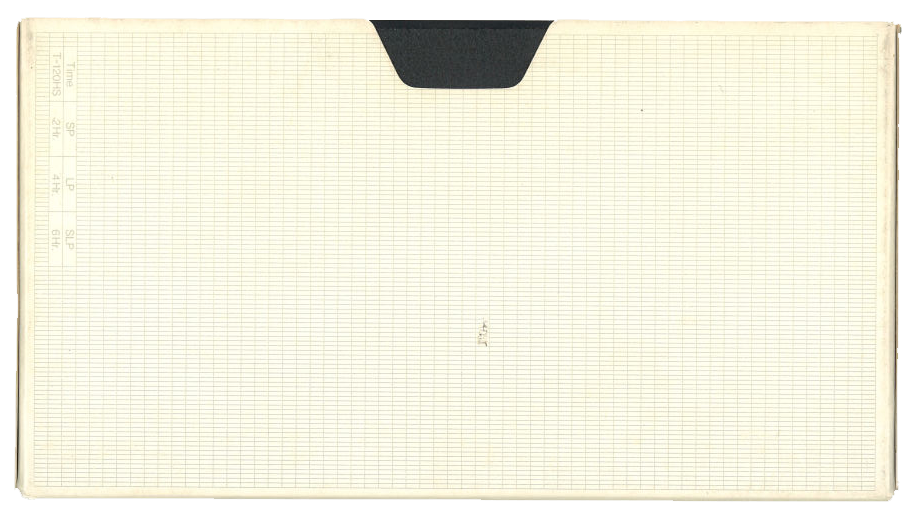
Who was Mister J? Asking around now, I was told that his story was bound up with that of another filmi — a certain Zavosh. (I have yet to learn whether this was his first or last name; he is said to have been an Armenian Christian.) An employee of the National Radio and Television before the revolution, Zavosh was an intrepid cinephile who’d made his own copies of the institution’s film archive on the side. When he was sacked in the early 1980s, reportedly for drinking on the job, he mobilized his archive and opened a video club. Zavosh was one of the first to start a film-dealing business, and he is said to have been the main supplier of classic films to Tehran’s cognoscenti until his death (from alcoholism, naturally), in the early 1990s. Mister J had inherited the archive. Zavosh had been known for his detailed labels, which included a film’s title, year, director, and occasionally cast, all meticulously inscribed with colored pens. J must have continued the practice, since of all the memories that J’s clients share, the image of those varicolored spines is one of the most vivid.
Much of the backstory of the video people can be gleaned from Amir Ezzati’s Twenty-Five Years of Iranian Cinema: Video and Visual Media, a slim booklet, originally published in 2004, which gives a detailed overview of the video medium in Iran, from its introduction in 1978 through 2003, with consideration for both the legal and illegal markets. Ezzati was well-positioned to provide a synoptic view of the industry; he had been involved almost from the beginning, working variously as a writer and director for television, a film importer and distributor, and a prominent critic. He wrote for a number of official publications, including the prestigious Mahname-ye Film (“film monthly”). His father had owned a movie theater.
Video dealing could be a profitable business, Ezzati wrote, “at least for periods of time.” But it was difficult to meet the voracious demands of their clientele. By 1993, there were 2.5 million VCRs in the country — one VCR for every two televisions — and the vast majority wanted new movies. Some filmi worked with the state-sanctioned film importers, who would charge exorbitant prices to make bootleg copies of demo tapes. Others relied on business travelers, largely to Malaysia, Singapore, Pakistan, and Turkey, who would buy tapes abroad and smuggle them in for a more reasonable price. Still others sought out the remaining archives of 8- and 16mm films from before the revolution, transferring them onto videotape for their customers. These various sources yielded very different sorts of movies.
In the preface to a 2016 reprint of his book, Ezzati explains that its first edition had appeared anonymously. He’d been arrested just months earlier, in the winter of 2003, and held in solitary confinement for sixty days. At the time of his arrest, he was working as an editor for the National Film Archive of Iran. He wrote the book at the insistence of his former boss. “I was broke and unemployed. I didn’t feel like writing,” Ezzati wrote. “The ingratitude and unfairness of the system was depressing.” Ezzati’s arrest was not a lone incident: a large number of journalists and writers were targeted at that time, including the entire staff of Cinema Jahan (“world cinema”) weekly. Mister J had been swept up in that same wave of arrests.

I tried to contact Mister J for this essay. I started by reaching out to friends from university who had been part of our film circle. Klara was vague — “Was he the tall bald one or the short one with the mustache?” Arefeh, whose memory is practically photographic, had no leads. Ramin remembered J as something of a grump. Neda, whose mom had hosted our meetings with J, told me about his arrest (“two of his partners took over for a while”) but had lost touch soon after. Kiamarz thought he’d heard he had died.
No one could remember his first name.
Abtin, who has gone on to become a filmmaker, shared that he had seen J in the mid-2000s, a few years after his arrest. He had looked fragile and shaken, he told me. “He was a different person. I can’t explain it.” But he was sure that J was still alive. They were long out of touch, but he was able to connect me to a mutual acquaintance who might know of J’s whereabouts. As it happened, she did. He’s doing well, she told me, but he doesn’t feel like speaking about those years. He still fears for his safety. Maybe one day.
I was able to reach Amir Ezzati, now living in Helsinki, who filled in some painful and illuminating events. He had known J in the early 2000s, from the film world. When not moonlighting as a filmi, J had worked as a sound engineer. He was also a painter. He was married, and his wife was a painter, too; they’d shared a studio in central Tehran. But his experience in prison changed all that. “His wife, she was Baha’i,” Ezzati told me, “and he was Muslim. So they were harder on him. He wasn’t a strong man, you know, physically. He was very sensitive. He tried to commit suicide, in prison. Once he got out, he didn’t want to talk to me. He thought I’d given him up.” He’d heard that J had separated from his wife. He was living outside Tehran, in the country, and had devoted himself to painting.
Despite my best efforts, a lot of my questions for Ezzati brought us back to the painful treatment he’d received at the hands of the authorities, which included his imprisonment and the confiscation of his extensive library. There had been bizarre conversations while in custody. “They asked me to make films for them, police training videos.” He refused. He ended up being charged with a slew of misdeeds, from dealing in illegal videos (“Me, a film professor!”), to “translating and distributing The Satanic Verses,” to the wearyingly familiar “conspiring against national security.” Faced with a hefty fine and 174 lashes, Ezzati skipped bail and left the country.
He still thinks about his library. “I had an incredibly complete film archive,” he tells me. “From Edison to the present day — the filmis were always begging me for things.” It was long gone. “They took everything. Not just my films, but my books, my magazines, my notes — the research for four books I was working on. Even my family albums. I’m like Aki Kaurismäki’s Man Without a Past.” He says it lightly, with a laugh, but I know better.
2003 was a particularly bad year, and not only for film people. “The arrests weren’t about film,” Ezzati stresses. “They were throwing their weight around, taking aim at the press.” Forty-two journalists were arrested in Iran that year; one was murdered in custody. People were subjected to repeated summons, secret trials, forced confessions. It was part of the ongoing battle between hardliners and reformists. Anyone doing anything remotely cultural was on notice. In June of 2003, a “Letter from Tehran” was published on several websites, including the Guardian. Attributed to one F. Parsa, it was a searing stream-of-consciousness lament for a friend of his, Mahmoud Vakili, a video person. Vakili had specialized in world cinema; Parsa called his archive “a moving institute of film and culture.” But as a filmi, Vakili was marginal — and vulnerable. “There are no protests when he is arrested. No one even knows.” To Parsa, the arrest of Vakili and the loss of his archives was a deliberate act of “terrorism of minds, of thoughts,” to stamp out critical thinking, viewing, and writing. “Those in charge know full well what they are doing,” he wrote darkly. “Can you understand that we are afraid?”
The letter’s author, Ezzati tells me, was a close friend of Mister J’s, as well.
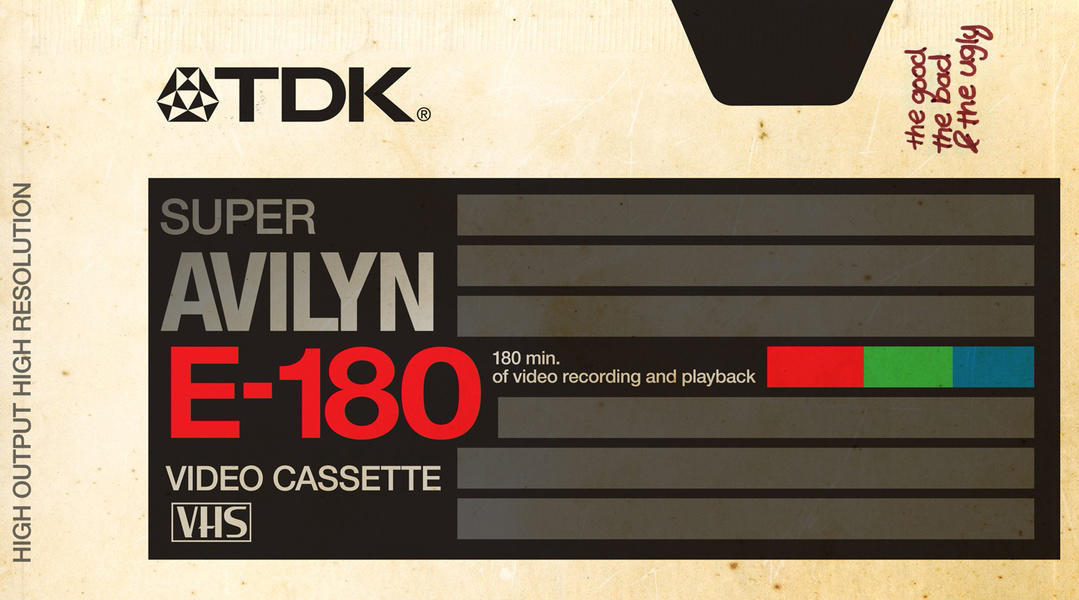
I will confess to not remembering much about 2003. I didn’t know any film people — I can’t even say I knew J, properly speaking — and the more intellectual types that I had met by then, artists and writers mostly, were not confiding in me. I left for the US that summer, for grad school. As Ezzati and J were dealing with the aftermath of their arrest and imprisonment, I was in New York, spending countless hours in the video utopia that was Kim’s (and sometimes, more shamefully, at my local Blockbuster). In the university library, I had the entire back catalog of October at my disposal. I took seminars on film and philosophy and debated Alain Resnais’s foreshadowing of the Deleuzian time-image. I got to watch the complete oeuvres of Abbas Kiarostami and Shirin Neshat for the first time. I met future editors of Bidoun. When I went home the following summer, my friends gave me DVDs they thought I’d like — of perfectly legal Iranian films.
Speaking to Ezzati now opens a window onto a parallel world, one that had always coexisted with mine but that I’d had only glimmers of, and only ever through Mister J. It was a place where tarikh-cinema — “filmhistory,” said quickly, as a single word — referred not to historiography but to the films themselves. It was a place where the films were absent more often than they were present, existing as plot summaries or perhaps as critiques in film magazines, and only later, maybe, encountered on rented videotapes or at film nights or university movie clubs. This was the imagined community of devotees of The Seventh Art, a program that played on Iranian national television from the late 1980s onwards, featuring select films by Fellini, Andrei Tarkovsky, Werner Herzog, and Akira Kurosawa — usually chosen for their moral alignment with the ideals of the Revolution, and always subject to the vagaries of the censorship board.
Cinema was a central object of desire in this world, “a forbidden love,” that seemed to owe its enduring presence to the adversity involved in its pursuit. The very idea of Mister J’s archive, and those like his, represented the determined pursuit of an intellectual tradition of film appreciation. It seemed to have no ideology, other than the artistic. It was resolutely global. It was a precarious not-quite or only-occasionally public sphere, an amorphous discursive zone that moved nomadically from place to place, taking shape when and wherever it found a temporary audience. Where J was its private manifestation, Ezzati was its public voice. Both paid a high price for their passions.
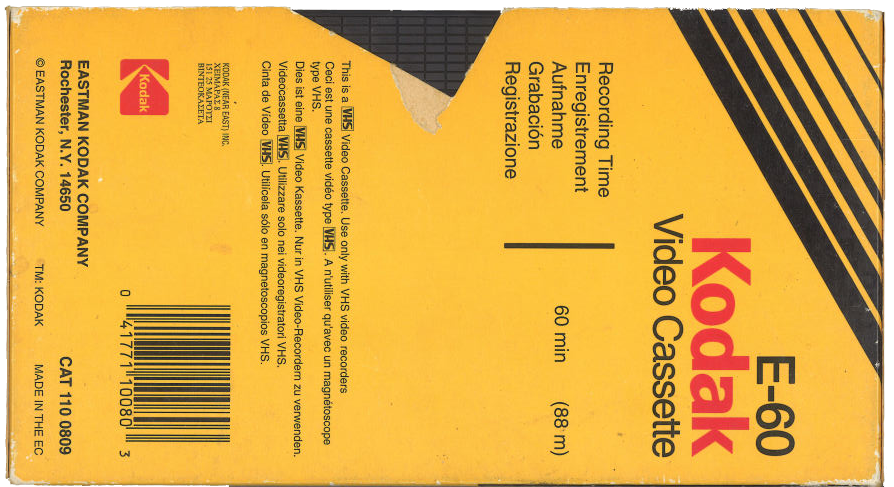
Mohammad Rahmanian’s 2016 film, Bench Cinema, is a moving tribute to the video people. The film is set in the late 1980s, the height of the videotape crackdown. Nasi is a video man who is arrested and sent to prison, his film collection destroyed in a bonfire. In jail, he meets a dub-man, a star of the Iranian voice-over world, who tells him of a mythical trove of classic films, buried in a shed on an abandoned film set, somewhere outside the city. Upon release, Nasi finds the storied shed and devotes himself to the obsessive study of the archive. He then sets off on a picaresque journey, performing the great monologues of filmhistory for rapt audiences across the Iranian countryside: Twelve Angry Men, One Flew Over the Cuckoo’s Nest (which he memorably performs in a psychiatric ward). Of course, he does an impressive imitation of Marlon Brando in The Godfather — one of the most towering classics of the VHS canon. Along the way, Nasi picks up a supporting troupe of three — a special effects guy, an ex-nurse, and a violinist with an insatiable appetite. Their only props are a painted backdrop, and the bench from whence Nasi holds forth.
Mind you, I haven’t seen it yet. But the film people say it’s excellent.